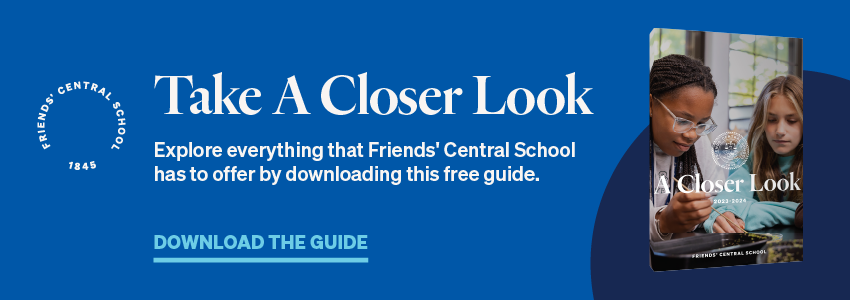In today’s media landscape, it seems more important than ever to analyze where information is coming from, whether it is accurate, and how to respond to it. There’s a growing anxiety about fake news and its influence on us and our children. Is there any information we can trust? Let’s take a moment to take a deep breath. If we build and reinforce good basic media literacy skills, for ourselves and for our children, we shouldn’t have to worry about falling prey to fake news.
Media Literacy DefinedThe National Association of Media Literacy Education defines media literacy as "the ability to access, analyze, evaluate, create and act using all forms of communication." Robust media literacy skills will allow us to truly understand and engage with our information sources. That means moving beyond labeling something as fake (or counter-factual), biased, or reliable. It means understanding multiple dimensions of our information sources and considering our relationship to them.
Free Downloadable Guide: Take a Closer Look at Friends' Central School
Skills We All Need
All of us need media literacy skills--from the youngest children to the oldest adults. Even if you limit your child’s screen time, we are all consuming media each day just by being in the world. We’re surrounded by advertisements and messages in print, online, and in our physical environment. Before we bring children into the conversation, we should take a moment to get clear about our own relationship with media. What media do we interact with and why? What sources do we trust and seek out? Do we make bad media choices? What’s motivating us? Once we have a better understanding of ourselves as media consumers, we can have an honest conversation with children about their relationship with media.
Guiding Children Through
The Center for Media Literacy suggests that five key questions make up the backbone of media literacy. We can adapt them for any age group--here I’ve modified them for younger children. Older children will be able to engage more deeply with each question, as well as explore the key concepts that CML pairs with each question. Here are the basic five questions:
- Who made this? (author)
- What do I notice about it? (format)
- Who is supposed to see this? (audience)
- What is this trying to say? (content)
- Why does this exist? (purpose)
Have Fun With It
You don’t have to pick a controversial political headline to parse with your child--you can apply the five questions to any piece of media: a television show, an ad in a magazine, even a treasured picture book. Build your own media literacy skills, and help your child build theirs. Figuring out the current media landscape gives us the opportunity to strengthen our media literacy skills and engage with children about media literacy, as well. This process is an opportunity and an invitation. Let’s embrace it.



